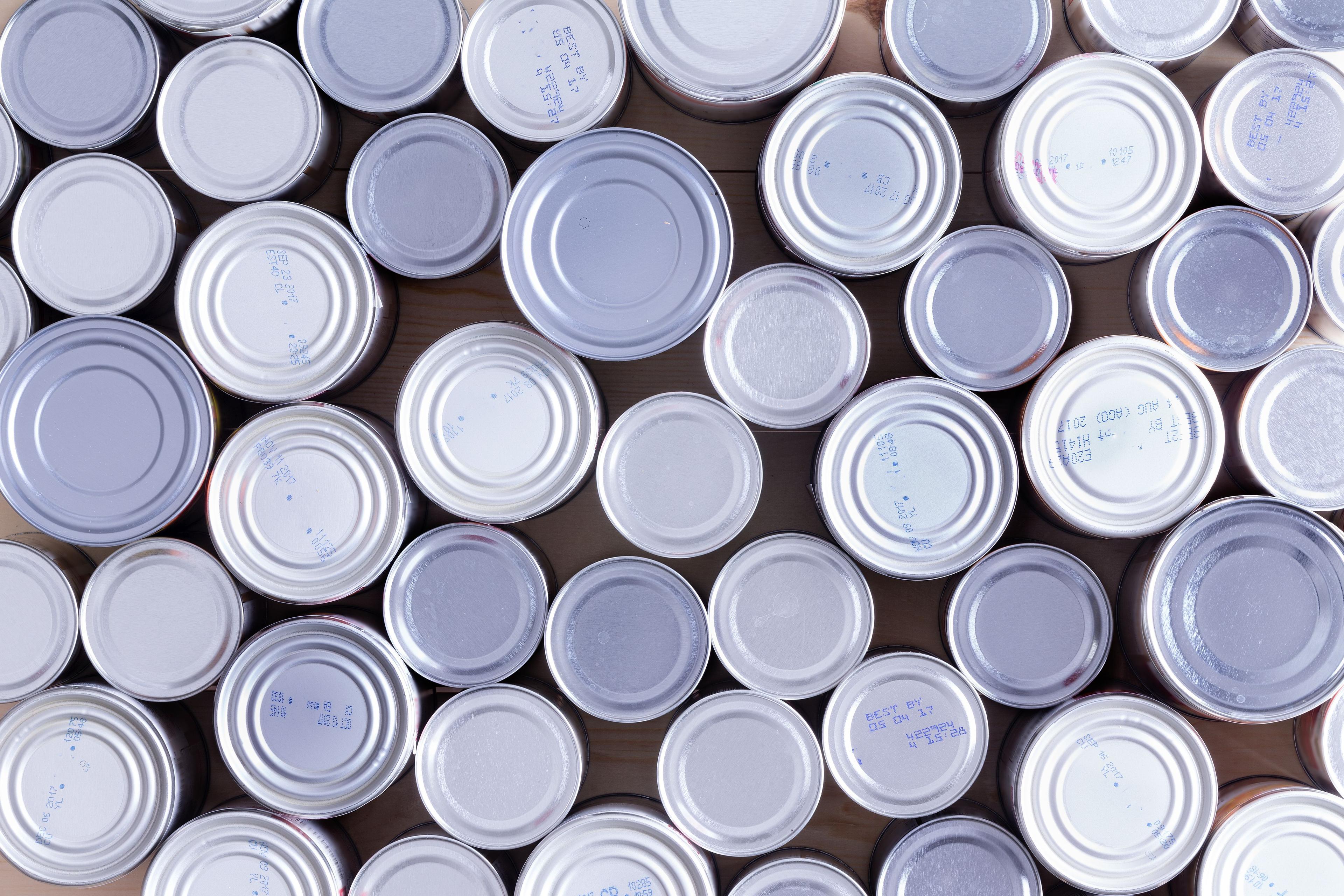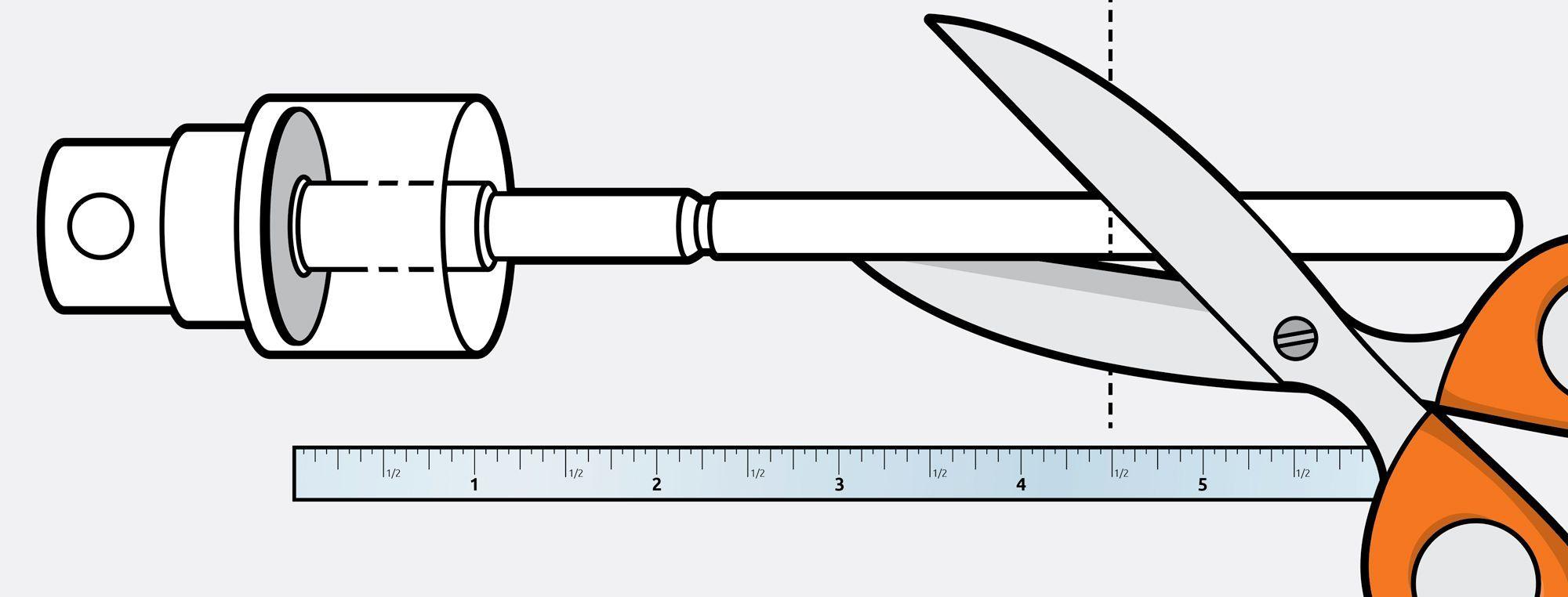Fluorination: No more Collapsing Bottles


Why is my Container Collapsing?
When packaging your product, you want it to stay protected and look its best. That is expected. What is not expected, however, is that sometimes paneling can occur in certain products, compromising both the aesthetic and function of your packaging. Paneling refers to the concaved, squished, or squeezed appearance of sealed containers; most often, paneling is caused by potent ingredients or chemicals permeating or leaching through the walls of plastic containers. Everyday products that usually cause paneling in regular containers include flavoring, fragrances, solvents, and insecticides – just to name a few. When the potent components found in these products escape the container – usually in the form of a gas or vapor – the container’s contents lose mass and pressure. This results in the pressure outside the container being greater than the pressure inside, which causes the container to “collapse” in on itself and look crumpled. In addition to making containers look damaged, paneling can also be a sign that your product has lost quality. So how can one prevent such packaging misfortune? The solution is Fluorination!
What is Fluorination?
Fluorination is a process where plastic is treated with fluorine, which binds to the plastic and changes it on a molecular level, to create a strong and permanent barrier. Think of it like a force field that does not let anything out. This barrier reduces the gas and chemical permeation that leads to paneling. Best of all, this chemical treatment is non-toxic and FDA approved.
Benefits of Fluorinated Bottles
Fluorinated containers will keep fragrances stronger, preserve flavors longer, and protect your product better.
The extra barrier that fluorination provides is instrumental to safeguard the integrity of the container and stop any undue loss of your valuable product. Another bonus is that treating bottles with fluorine is often cheaper than more expensive resin, glass, or metal containers. Plus, they are significantly lighter than glass or metal containers. Overall, by choosing Fluorination, you are giving your product an elevated quality of life.
What Products can be Fluorinated?
Not all products need fluorination, but if yours do, you’ll want to make sure that your containers are made of a material that can be fluorinated. That said, fluorine reacts best with PVC, polyethylene (HDPE and LDPE), and polypropylene (PP) containers. Note, PET plastic, despite its popularity, cannot be fluorinated.
Also, there are five levels of fluorination. The level that you require will determine what kind of plastic you can use. Our Packaging Consultants can help provide some product samples and advise which fluorination is best for your product. Once your fluorination needs can be determined, we will have your containers fluorinated and delivered to you.
How to Get Started
If you are interested in fluorination, or if you have questions, please contact our team. They will be your guide -- helping you pick the best packaging for your product!





